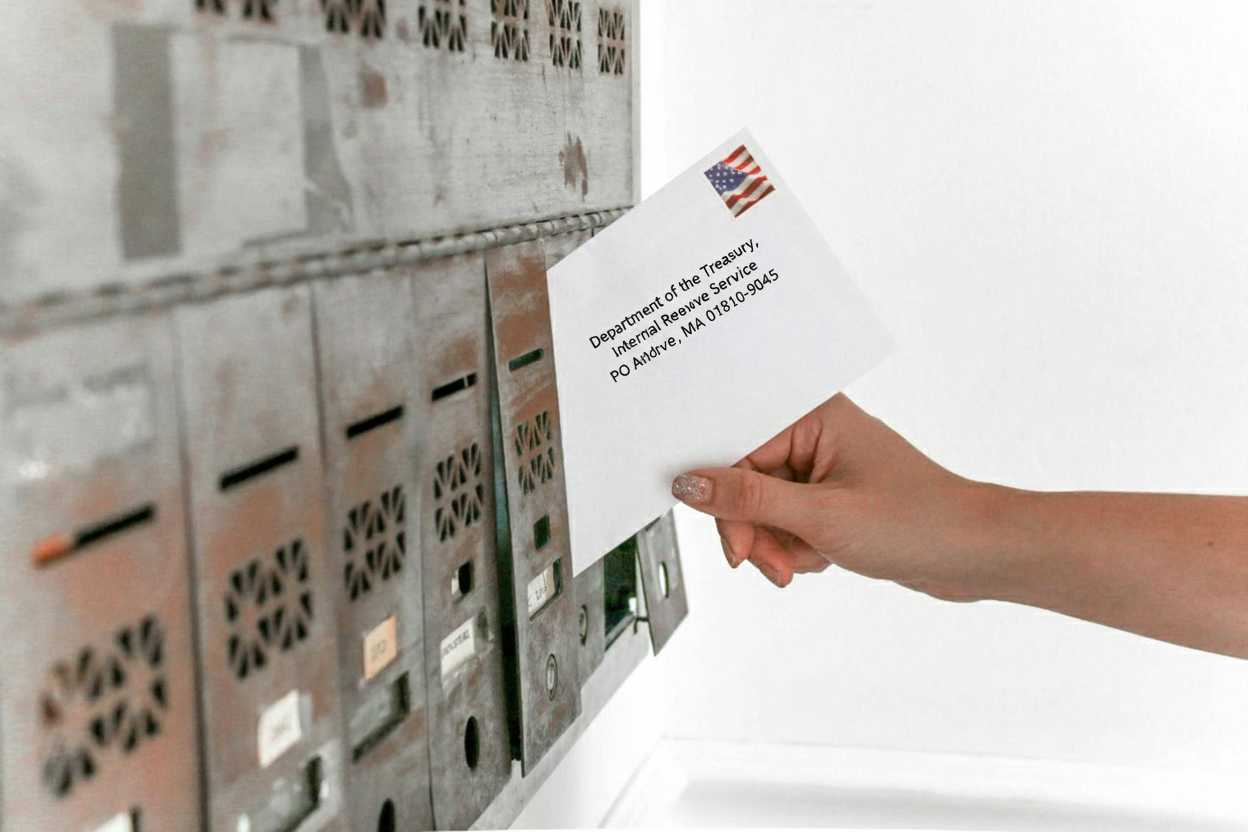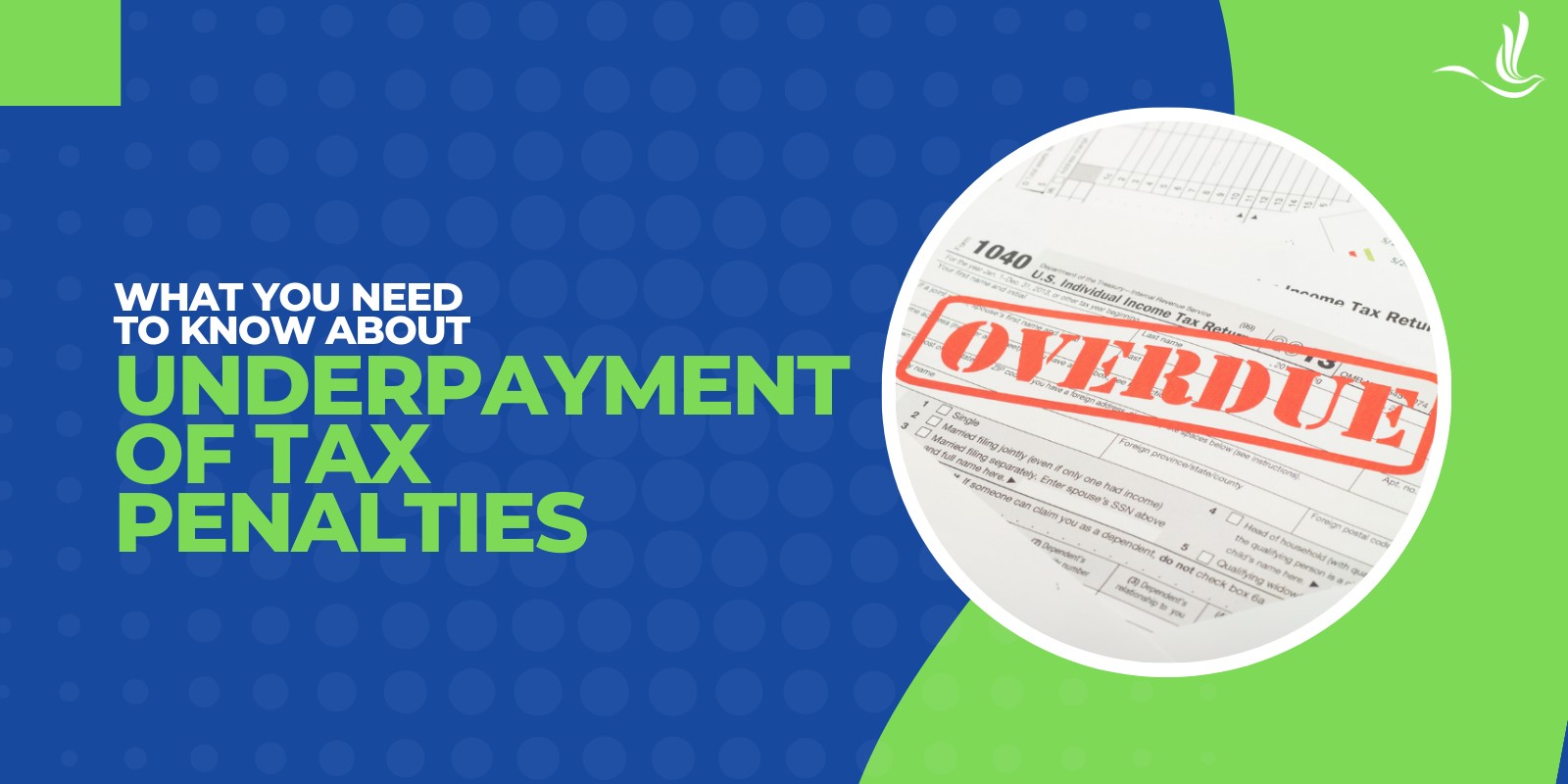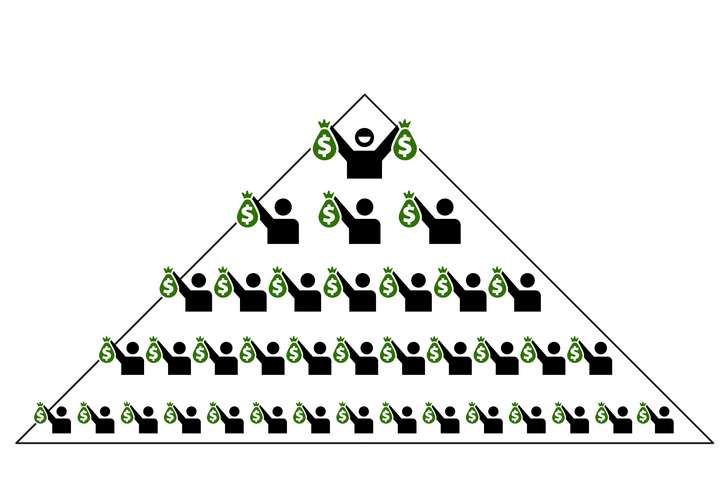Is your audit tech stack helping or hindering your firm? Discover how fragmentation could be costing you time, accuracy, and client trust—and what to do about it.
In today’s audit environment, the technology you use can make or break your firm. Yet, many audit professionals still rely on a patchwork of disconnected solutions — spreadsheets here, file-sharing systems there, and specialized software that doesn’t communicate with anything else.
While this fragmented approach might feel manageable day to day, it comes at a cost. Data silos, manual data transfers, and a lack of real-time visibility can slow down engagements, increase risk, and frustrate clients.
If your firm is struggling to keep up during busy season or spending too much time chasing data instead of analyzing it, your audit tech stack may be holding you back.
Jump to ↓
Signs of fragmentation in your audit tech stack
When each part of your audit process lives in a different application, inefficiencies multiply. Data gets trapped in silos, and inconsistencies can creep in as files move between systems. This not only slows down engagements but also increases the risk of errors and duplicated work.
If your team spends significant time exporting and importing files, entering trial balance data by hand, or reconciling client information manually, that’s a clear red flag. Manual processes not only drain time but also increase the risk of human error — a serious concern when compliance and accuracy are on the line.
Another sign of fragmentation is the lack of real-time visibility or reporting capabilities. Without up-to-date insights into audit progress, it’s harder to identify bottlenecks or deliver timely reports to clients and stakeholders. Lack of transparency can delay decisions and reduce the overall effectiveness of your engagement.
What’s at risk: The hidden costs of inefficiency
Manual processes and disjointed systems consume valuable hours that could be spent on higher-value activities, like analysis and strategic insights. For audit firms that undergo peer reviews, inefficiency also translates into more time spent verifying compliance and double-checking work.
Inefficient workflows can also lead to unplanned costs, from overtime hours to rework and delayed billing cycles. Over time, these hidden costs erode profit margins and limit your firm’s capacity to scale.
Perhaps the biggest cost of all is the impact on client experience. Missed deadlines, inconsistent reporting, or back-and-forth document requests can cause frustration and potentially lead to lost business.
Checklist: Is your tech stack holding you back?
The right technology can be the difference between an efficient, insight-driven audit and one bogged down by manual work, disconnected systems, and compliance risks. As audit standards evolve and client expectations rise, it’s essential to ensure your technology is keeping pace.
Use this checklist to evaluate whether your current systems are helping or hindering your firm’s success.
Integration and workflow
Do your tools integrate seamlessly across all audit phases (from planning to reporting) eliminating manual data transfers?
✅ YES or NO
Does your platform include guided workflows that adhere to professional audit standards and firm methodology?
✅ YES or NO
Productivity and time management
Can your staff complete engagements efficiently with automated steps and real-time progress tracking?
✅ YES or NO
Does your software include AI-powered analytics that speed up testing, sampling, and data evaluation — while maintaining compliance with professional audit standards?
✅ YES or NO
Data, reporting, and financial statement preparation
Is your data centralized, secure, and available in real time for reporting and decision-making?
✅ YES or NO
Can your team prepare and export financial statements directly from the platform using built-in data import/export tools that reduce rework and manual entry?
✅ YES or NO
Cost and overhead
Are your technology costs predictable and scalable as your firm grows?
✅ YES or NO
Does your audit platform consolidate multiple functions into one ecosystem, helping reduce licensing, training, and support costs?
✅ YES or NO
Collaboration and client experience
Can your audit team and clients easily review, annotate, and update data in real time?
✅ YES or NO
Does your platform allow for remote, flexible work while maintaining full audit trail visibility and data integrity?
✅ YES or NO
Industry coverage and specialization
Does your software provide expansive industry coverage? With specialized templates, titles, and content for unique sectors?
✅ YES or NO
Can your tech stack easily adapt to specialized reporting needs without additional customization or third-party tools?
✅ YES or NO
If you answered “No” several times, your current audit tech stack is holding your firm back and it’s time to modernize. Consider exploring solutions like Thomson Reuters’ Cloud Audit Suite.
What a modern, integrated audit tech stack looks like
A truly modern audit tech stack transforms the way your audit team works by breaking down silos, enhancing collaboration, and enabling greater accuracy and security across the entire audit lifecycle.
Here’s what it should include:
Centralized data capabilities. Ensure your audit solution allows you to securely access and manage engagements from anywhere. It should keep your data, team, and stakeholders updated in real time, supporting flexibility and productivity across locations.
Automation tools. Look for an end-to-end solution that streamlines your entire audit process. Integration with other key tools, including online confirmation services and advanced analytics, helps reduce manual effort and maintain consistency throughout each engagement.
Cloud-based, open connectivity. Cloud-based solutions enable updates and integrations with other leading tools in your workflow.
Real-time collaboration. Your audit software should make teamwork effortless. The ability for multiple team members to work on the same document simultaneously, without version control issues, enhances efficiency and reduces errors.
Proven audit methodology. Choose technology that’s built on a trusted, standards-based audit methodology. Having built-in guidance that aligns with professional standards supports accuracy, compliance, and successful peer reviews.
Industry-focused tools. Select a tool that keeps your staff confident and engaged, with intuitive interfaces and industry-specific functionality. A single, streamlined process that adapts to multiple industries simplifies training and expands your firm’s capabilities.
Secure confirmations. Safeguard sensitive client data by managing confirmations directly within your audit platform. A secure, integrated confirmation process saves time and reduces risk compared to manual or third-party approaches.
AI-powered analytics. Speed up testing, sampling, and data evaluation, while maintaining compliance with professional audit standards.
Scalability. Built to handle engagements of all sizes, from small nonprofit audits to complex, multi-entity clients.
Compliance and security. Strong data protection, access control, and built-in compliance features reduce risk and maintain audit integrity.
Thomson Reuters Cloud Audit Suite checks all these boxes and more. It’s built specifically for the way modern audit firms work — connected, data-driven, and client-focused.
What audit firms are saying
As more and more firms modernize their audit approach, the goal isn’t just to digitize old processes, it’s to transform how audits are performed. When technology works together seamlessly, it unlocks new ways of working, new efficiencies, and new levels of insight.
“The thing that gets me most excited is how we can do our audit differently using technology,” says Mark Schmelzle, AGH. “I love the way Thomson Reuters is thinking ahead and incorporating other tools that we use and making it compatible with their software today.”
As more firms transition to the cloud, flexibility and accessibility become top priorities. Audit professionals need tools that empower teams to collaborate and stay productive, whether in the office or working remotely.
“Cloud Audit Suite has more functionality, a better view, and better access points for us as auditors,” says Jessica Gadeken, WRC CPA. “One of the greatest benefits is it’s accessible from anywhere, so we’ve been able to embrace more remote employees.”
Beyond flexibility, Thomson Reuters Cloud Audit Suite delivers measurable efficiency gains that directly impact engagement timelines and profitability. Firms adopting automation and intelligent workflows are seeing real results.
“Not only did we save 20 to 30 minutes just selecting the sample, but the sample size was cut in half, which reduced testing time and client gathering time by half as well — and this is just for receivables,” says Austin Seale, RBSK Partners.
Are you ready to transform your audit process?
Embrace the future of audit with Thomson Reuters Cloud Audit Suite, a comprehensive, cloud-based solution built to streamline engagements, strengthen collaboration, and ensure accuracy and compliance every step of the way.
Request a demo today and see the difference for yourself.


























